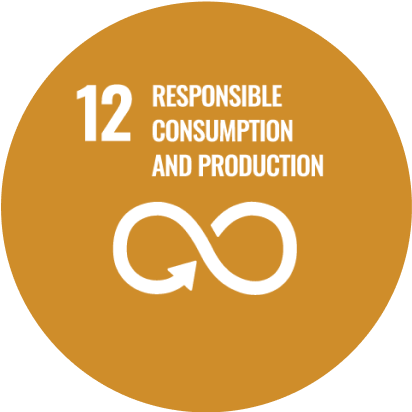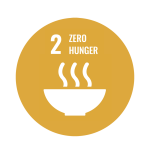Coated Fertiliser Design
Quantum simulation to optimise the nutrient release from coated fertilisers for sustainable agriculture.
Owner
Status
Quantum Approach

Phase 1 – Outline

Quantum Simulation
SDGs
Contributors
Origins of Contributors


Mohammed VI Polytechnic University (UM6P)
University of Nottingham
Food and Agriculture Organization (FAO)


Impact/context
The global population is expected to reach 8.5 billion by 2030, creating a significant challenge: increasing food production while minimising further damage to natural ecosystems. To address this challenge, modern agriculture relies heavily on mineral fertilisers, which provide necessary nutrients in highly soluble forms. Yet this high solubility of fertilisers often results in significant nutrient losses through leaching, runoff and volatilisation.
These inefficiencies are both economic and environmental, as they reduce nutrient use efficiency (NUE), contaminate groundwater, drive eutrophication and contribute an estimated 717 Mt CO₂e per year, mainly from nitrous oxide and CO₂ emissions.
How quantum could help
Polymer-coated fertilisers (PCFs), a form of enhanced efficiency fertilisers, offer a scalable, science-based solution. Designed with specialised coatings that release nutrients gradually in sync with plant demand, PCFs can reduce nutrient losses, lower environmental footprints, and improve crop yields.
Despite controlled-release fertilisers (CRFs) being a promising method, standardised methods for reliably predicting their nutrient release behaviour are still lacking. Current models typically rely on classical approaches, such as diffusion-based models, empirical kinetic equations, or numerical solvers like finite element methods. However, these often assume idealised conditions and depend on empirical fitting, due to the limited availability of critical physical parameters like diffusivity and permeability. As a result, they fall short of capturing the underlying mechanisms that govern nutrient release.
Quantum computing can be used for precise calculation of molecular energies and interactions, enabling a much more accurate description of nutrient-polymer interactions and their response to environmental perturbations. these challenges.
